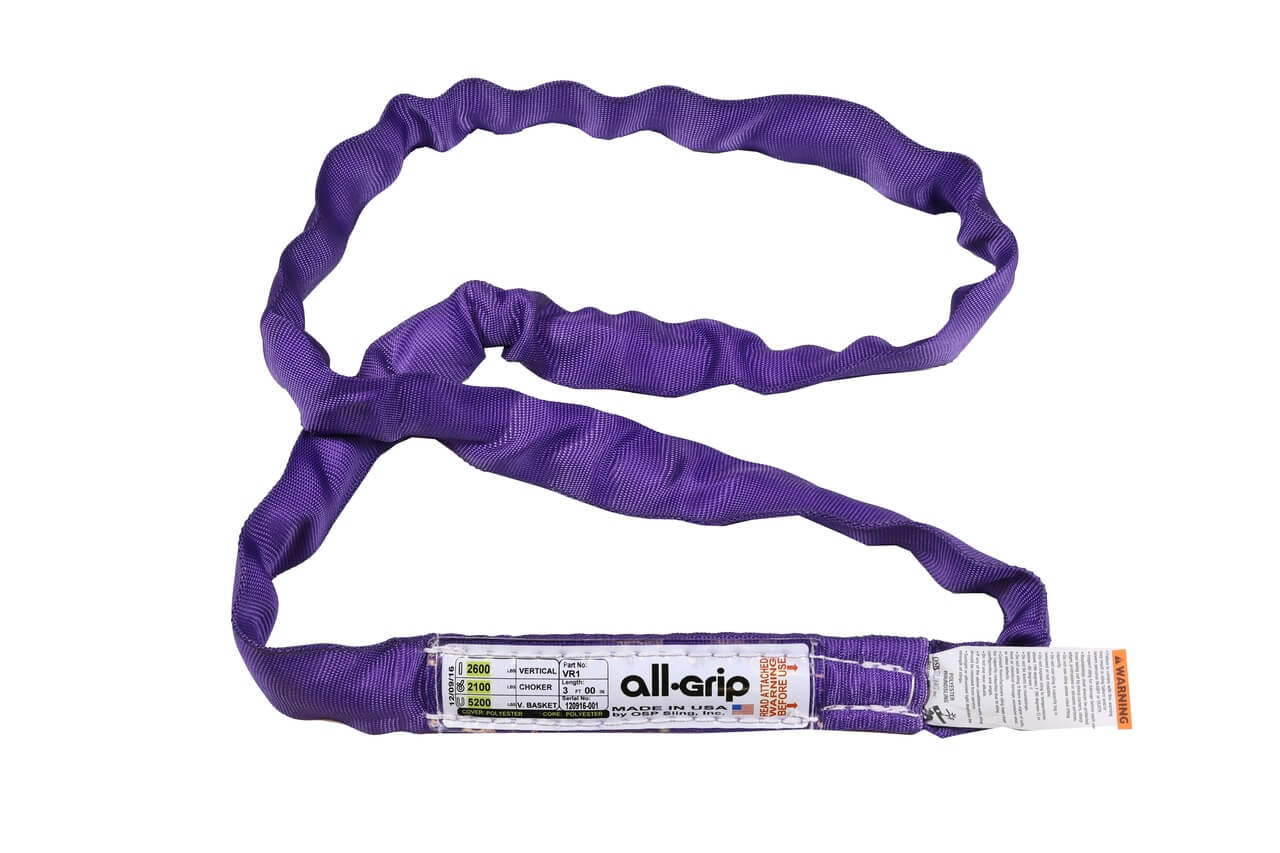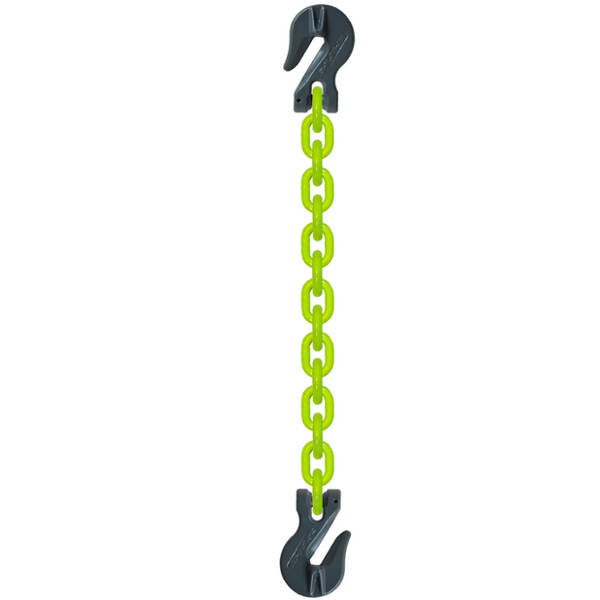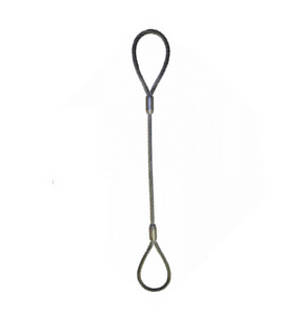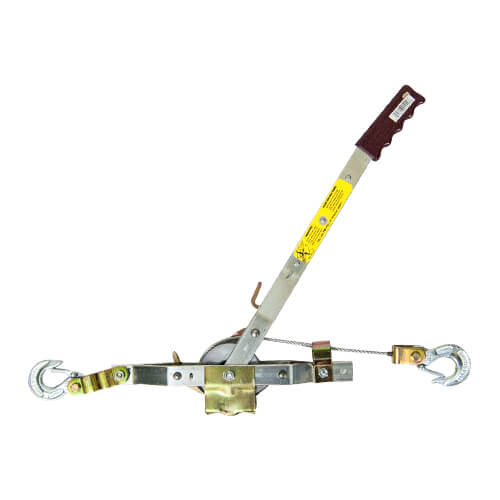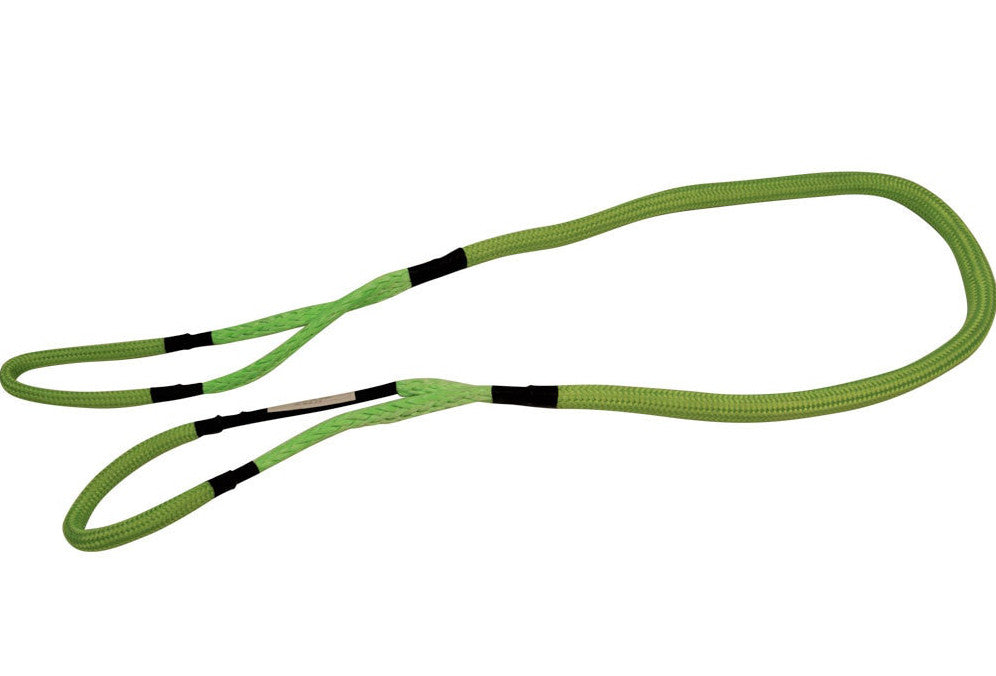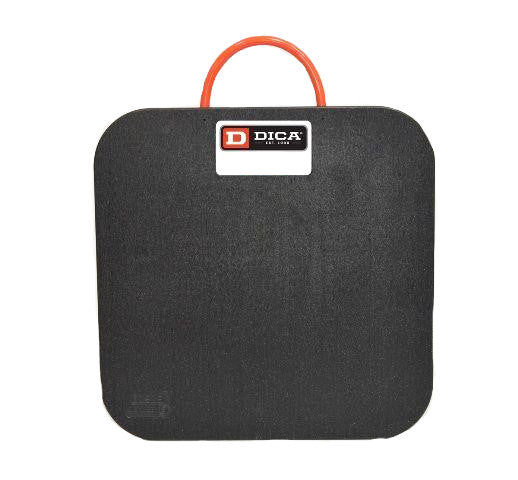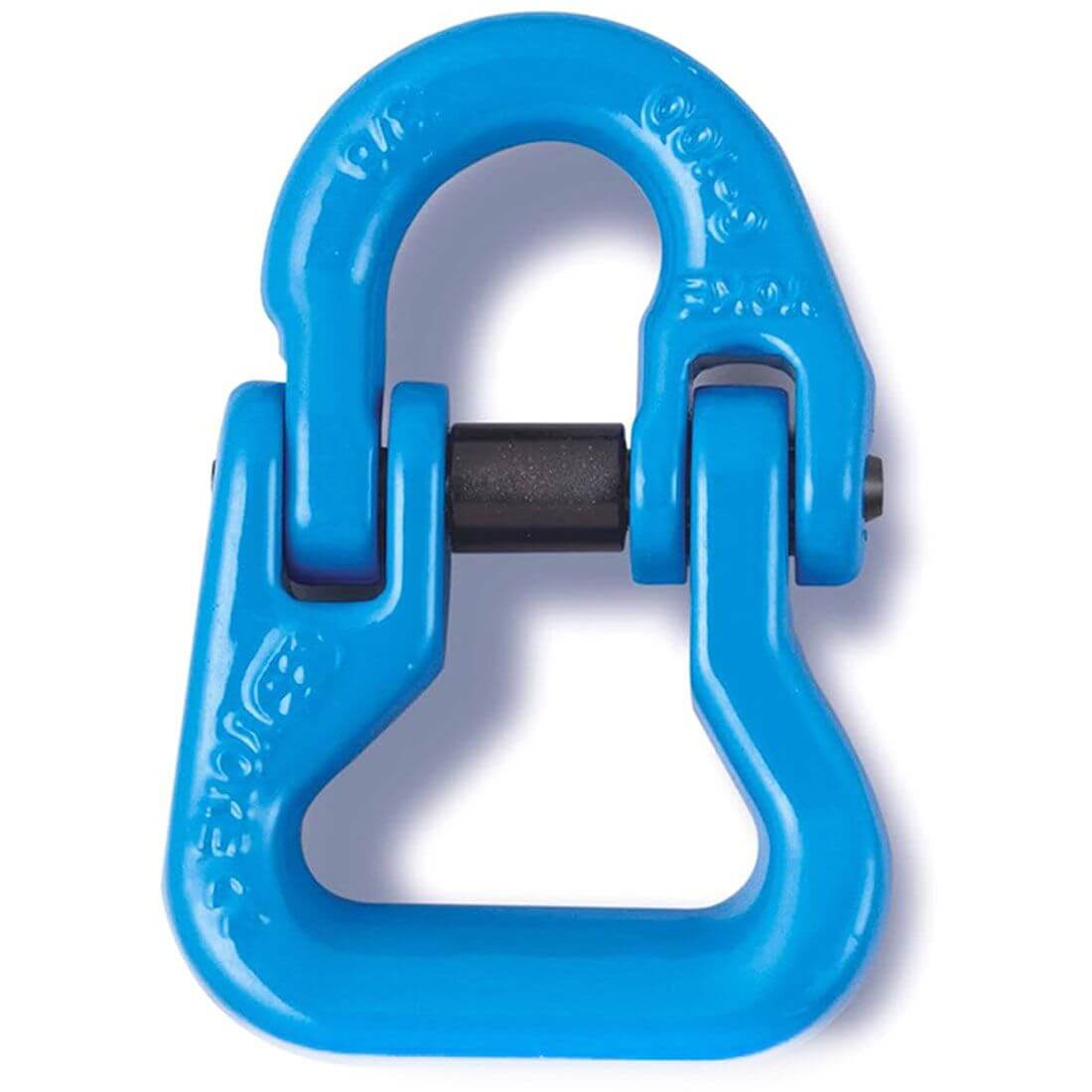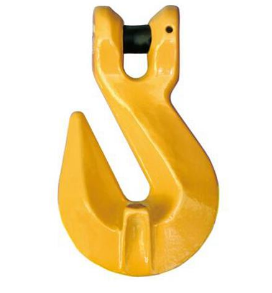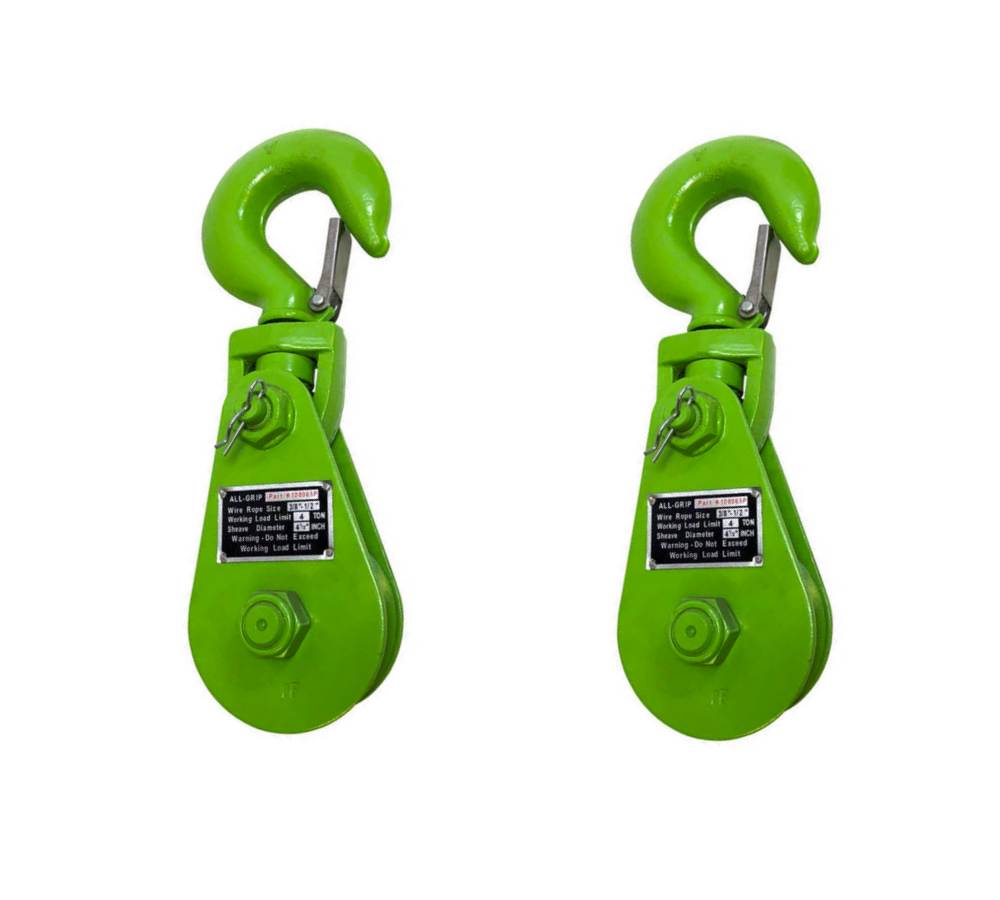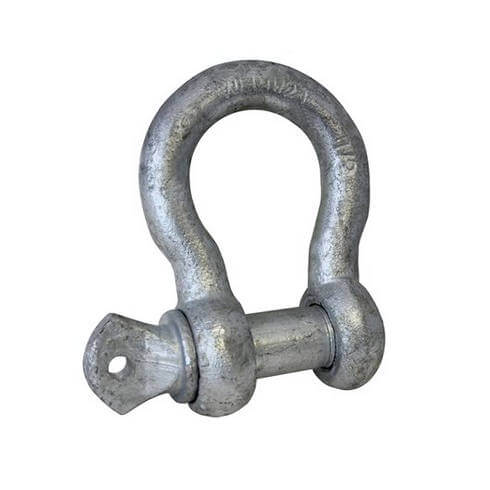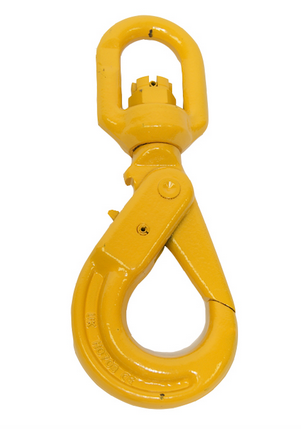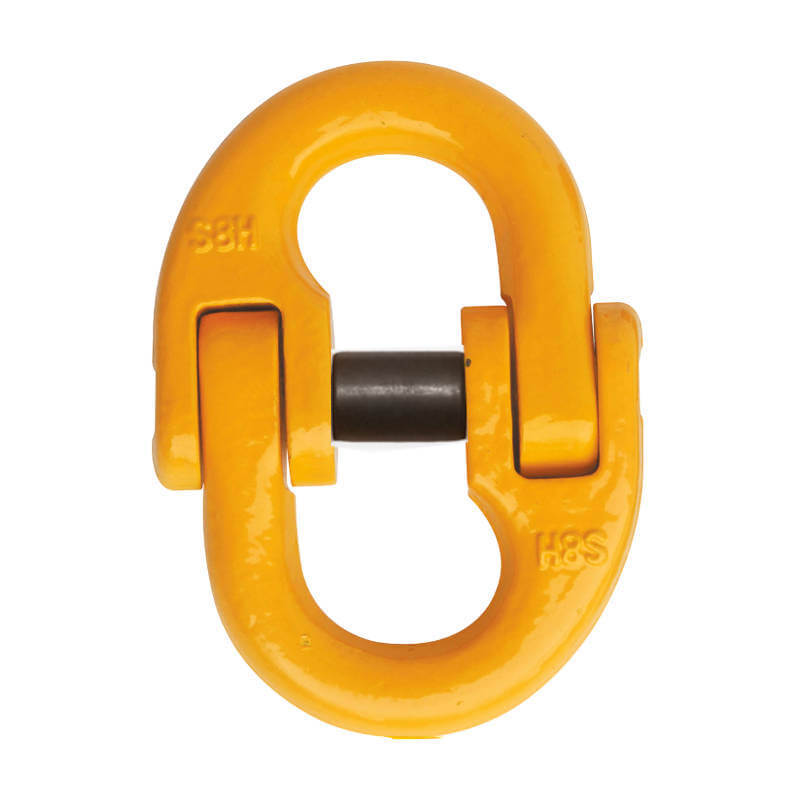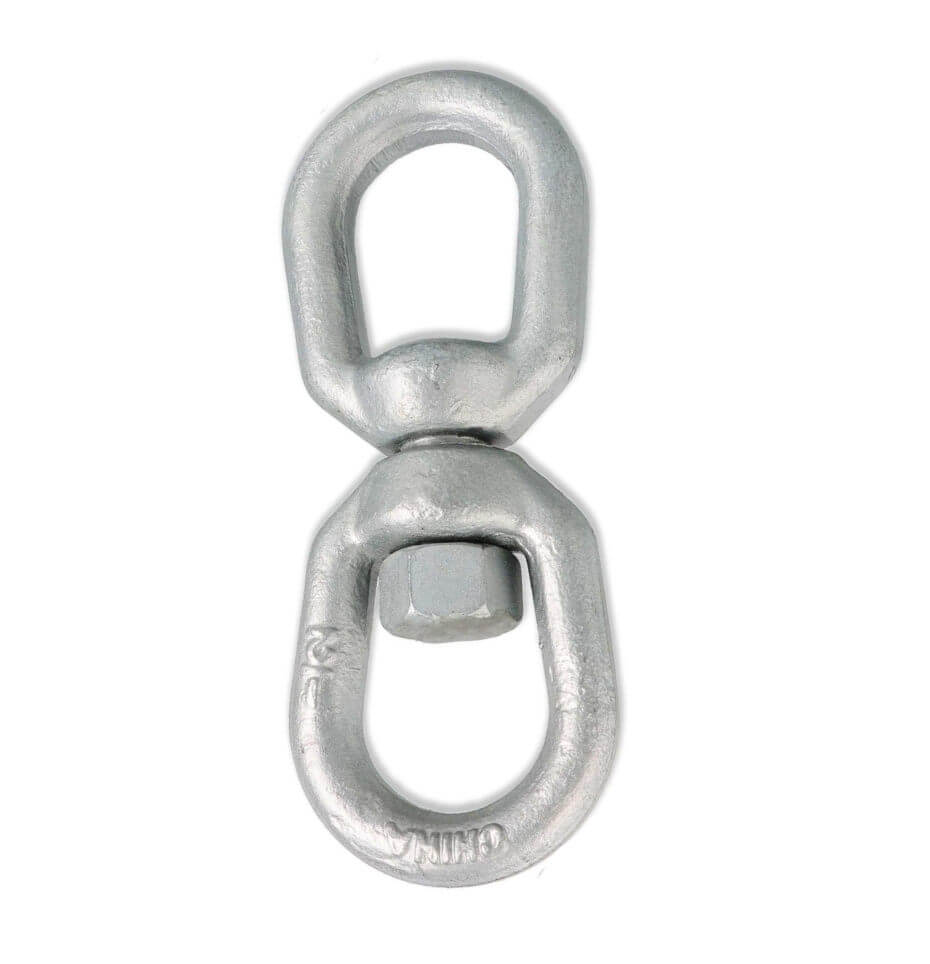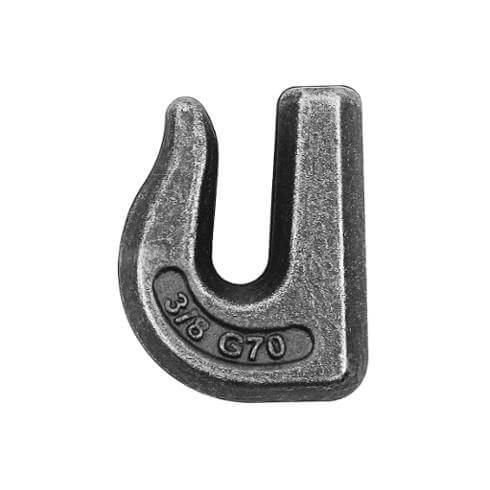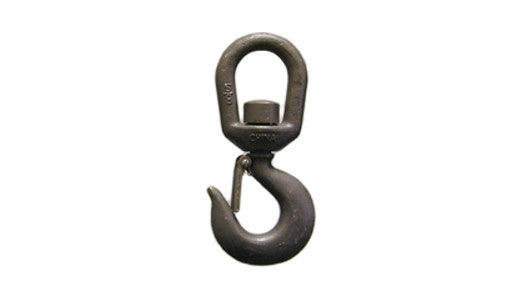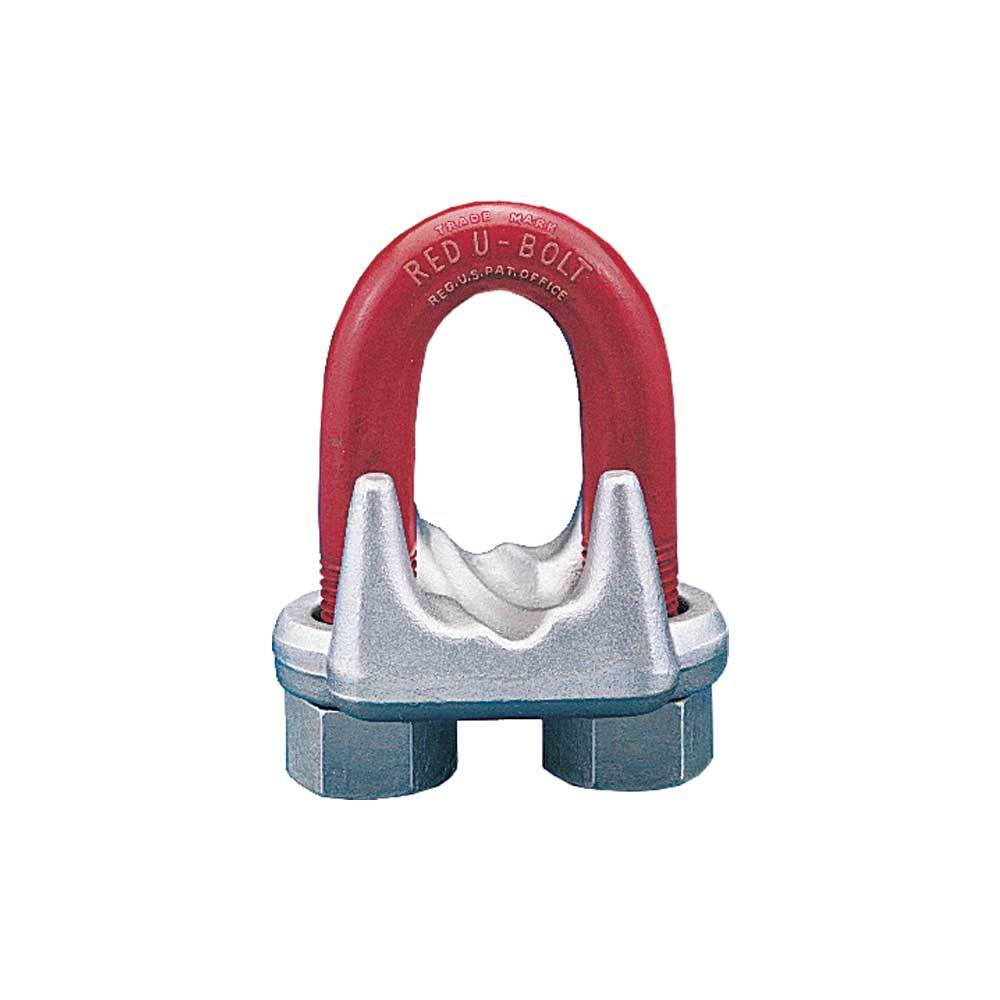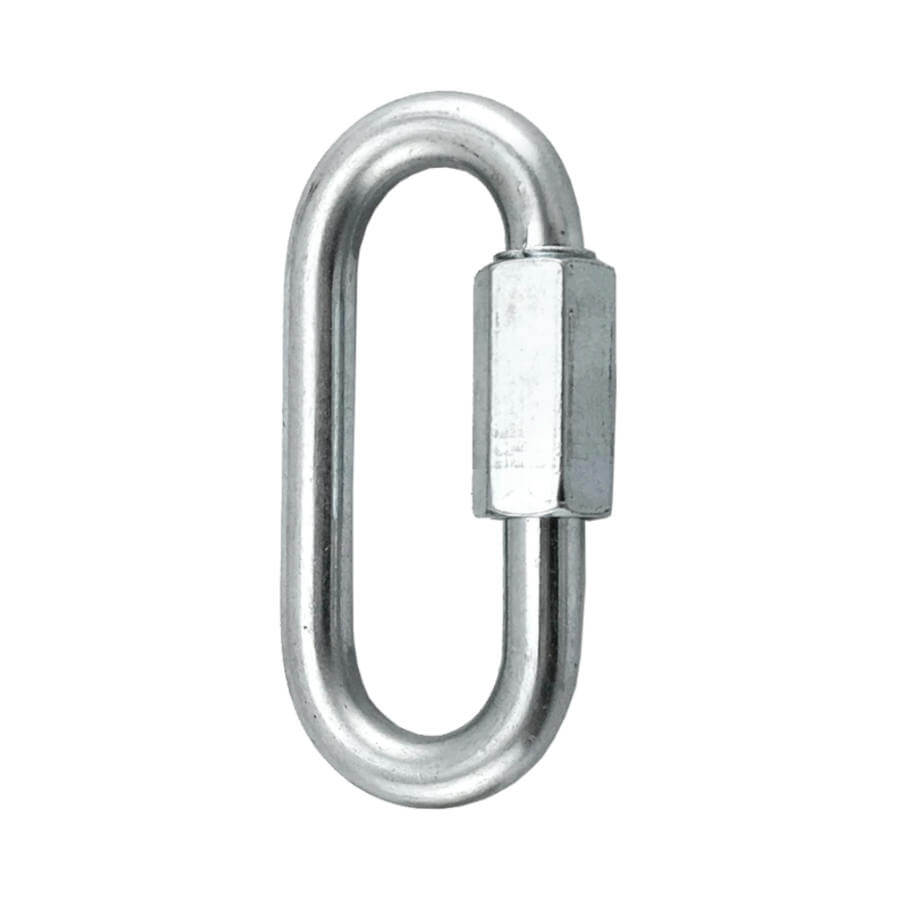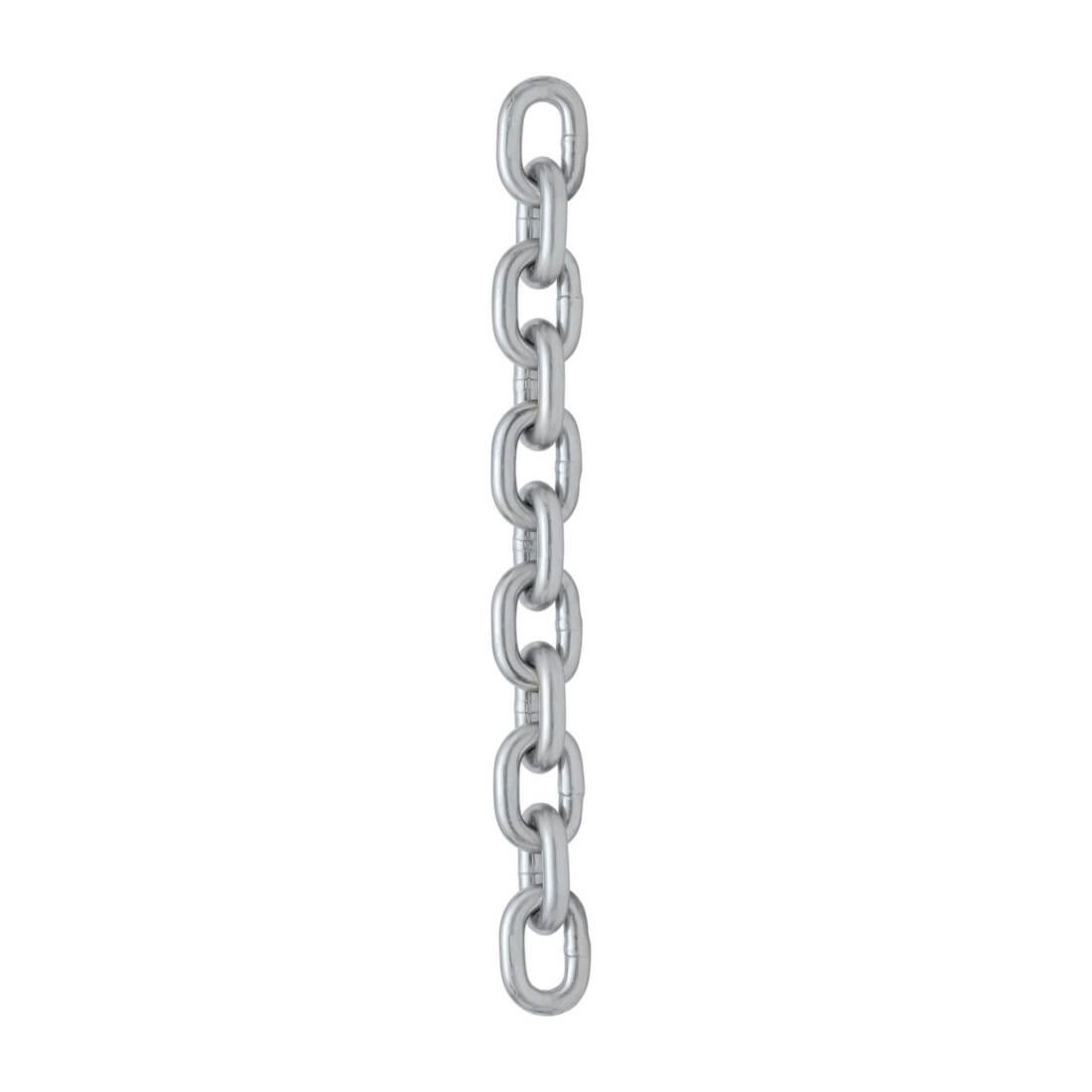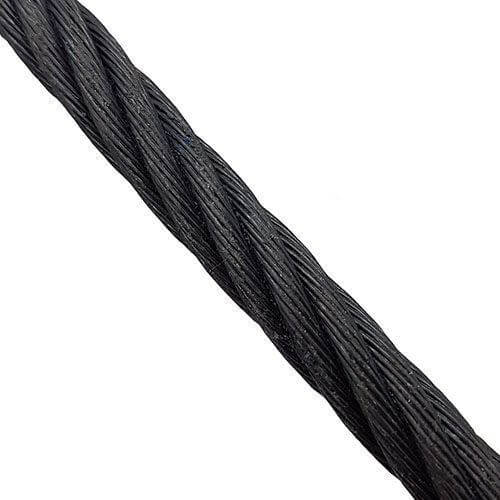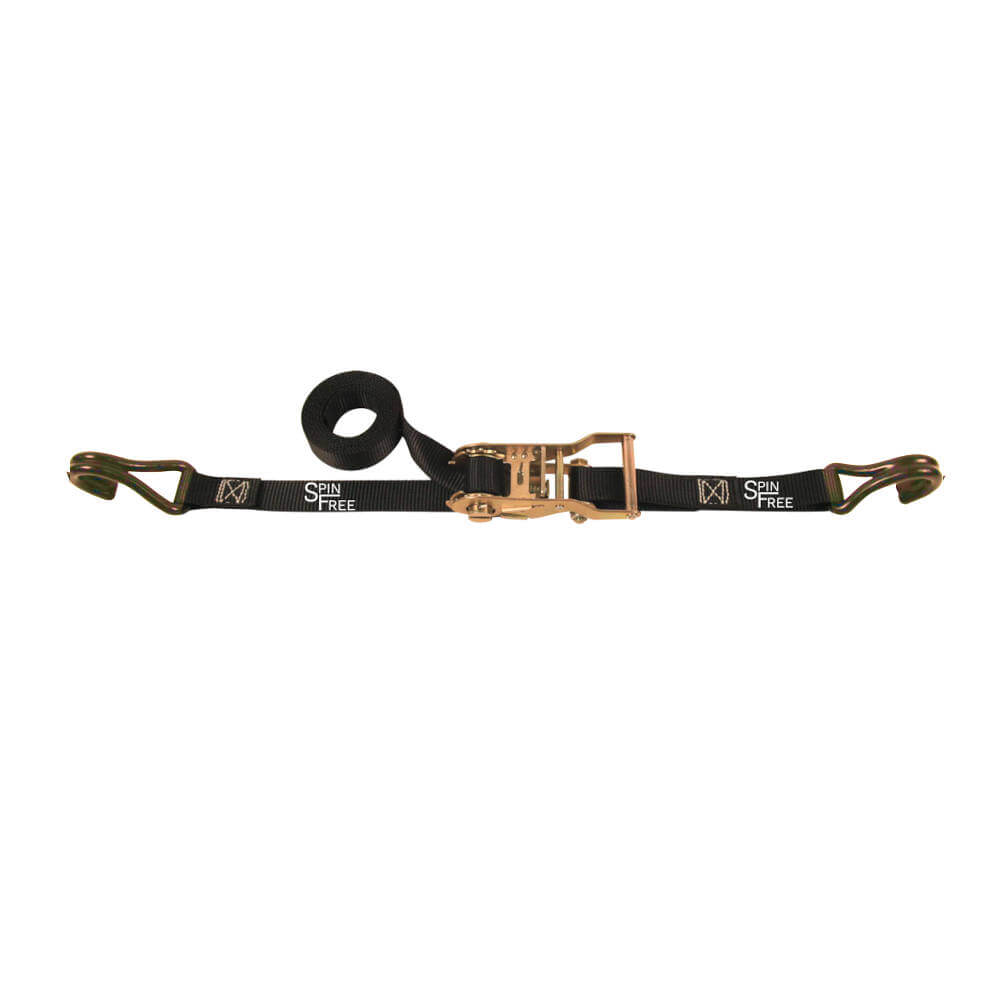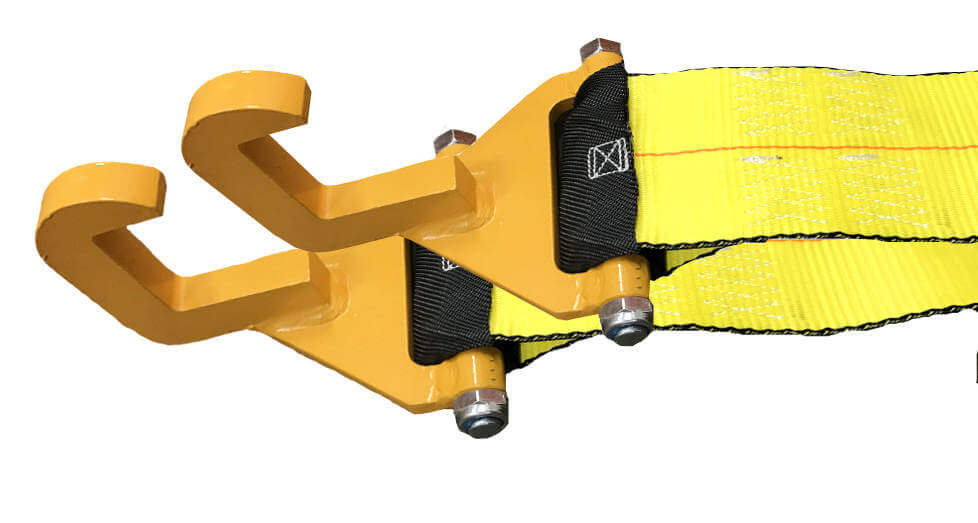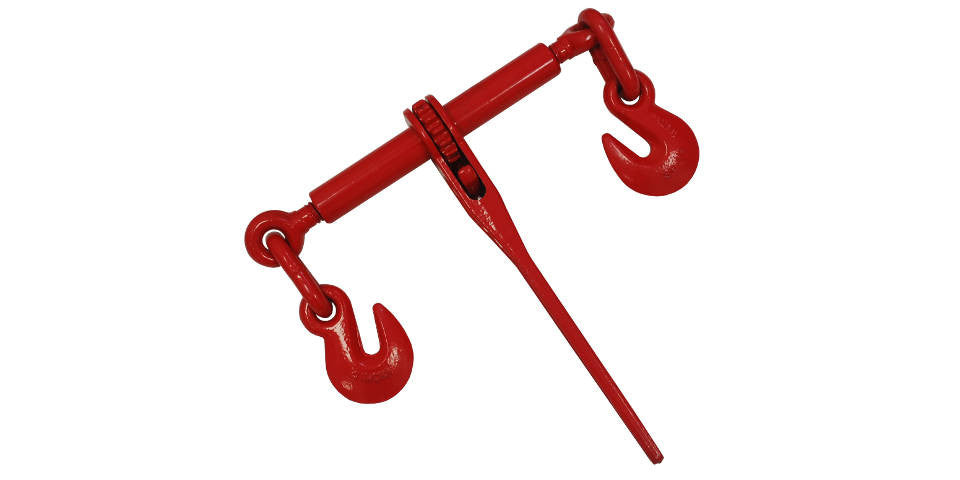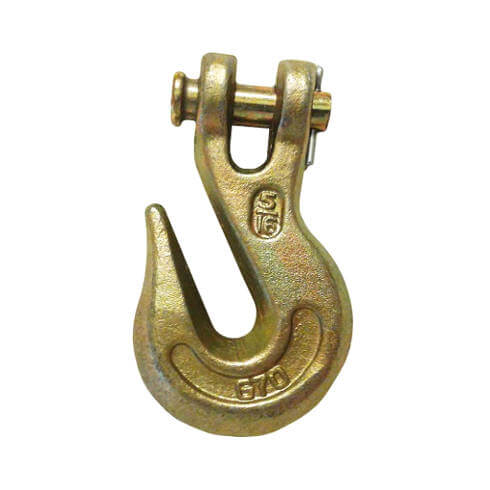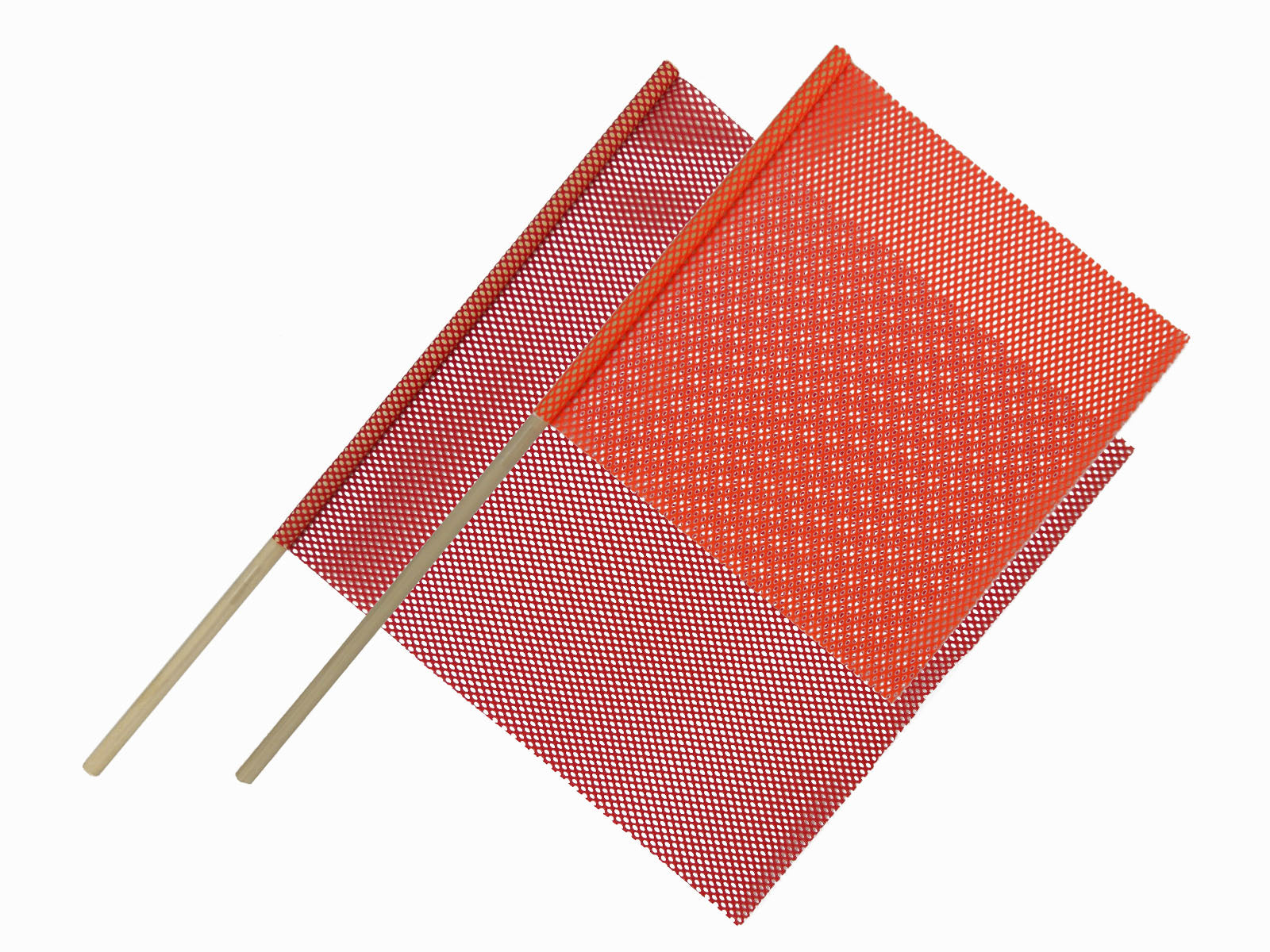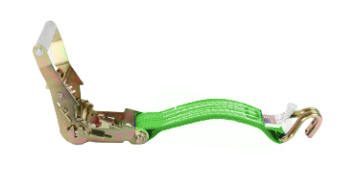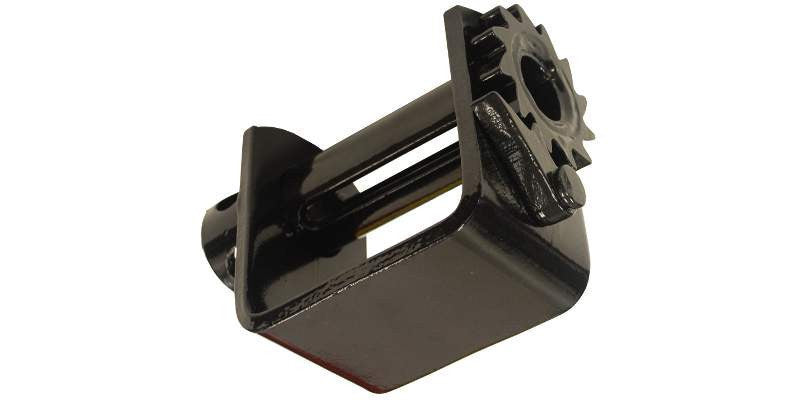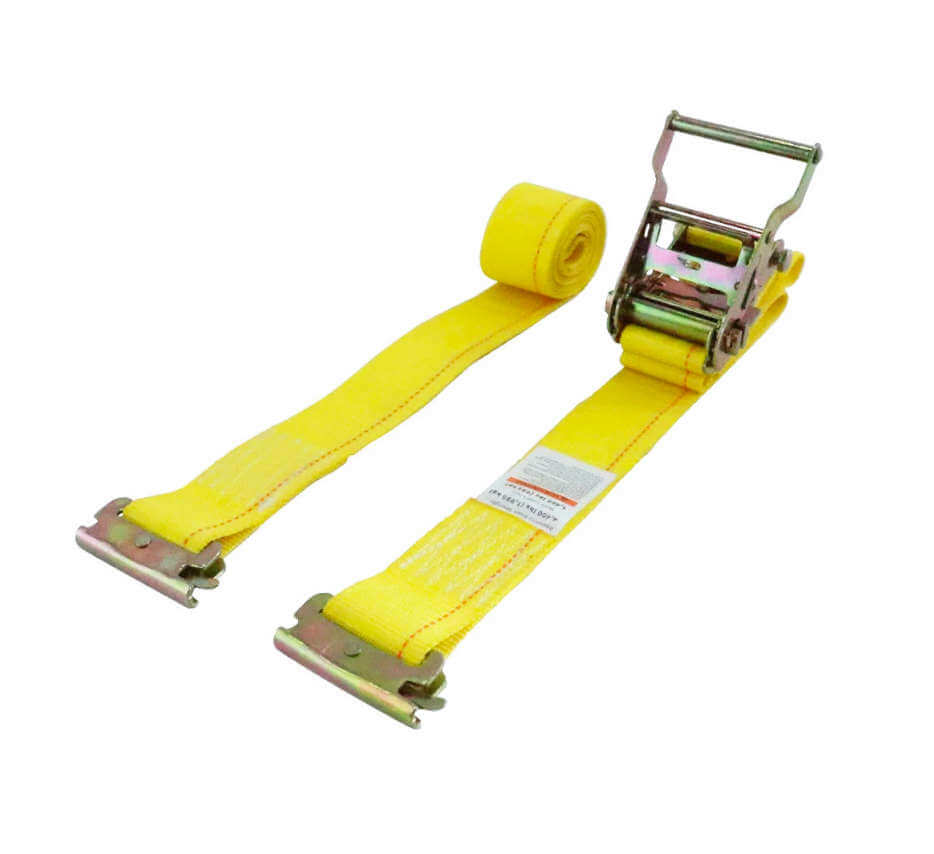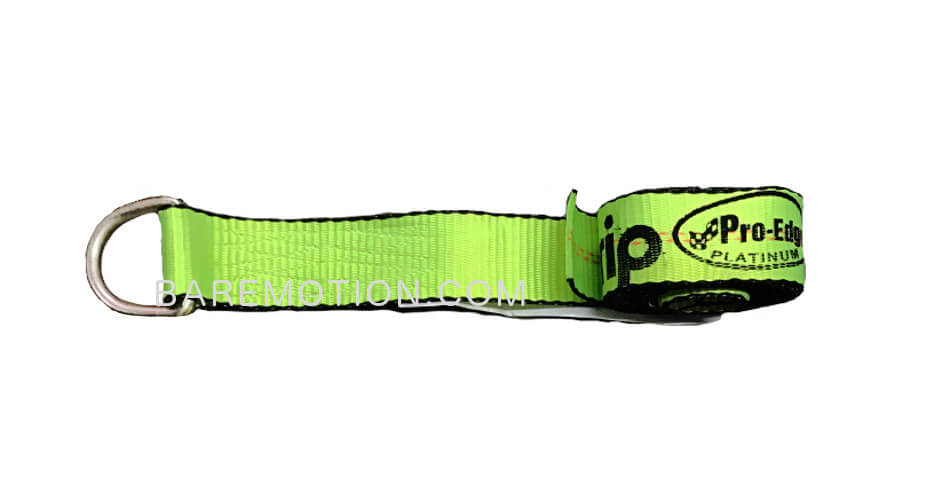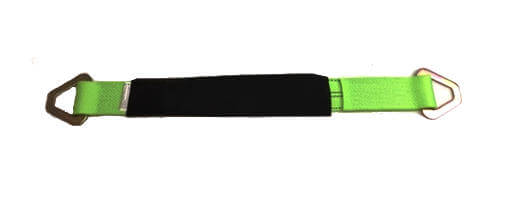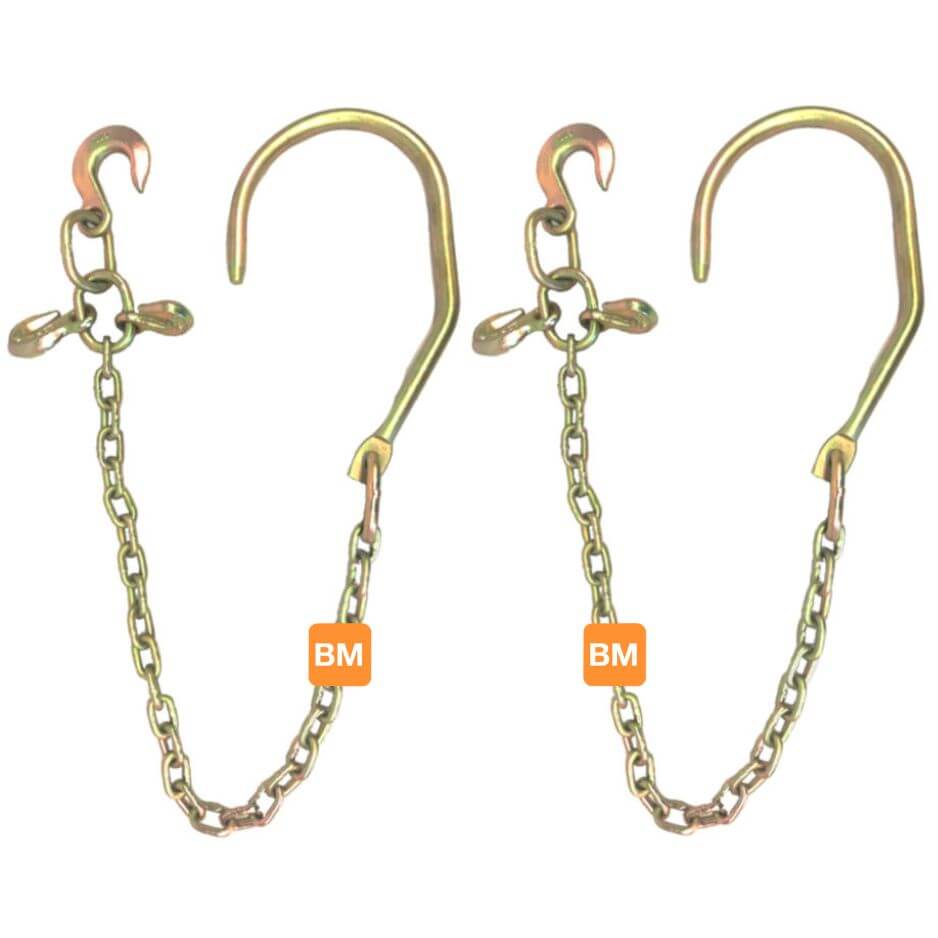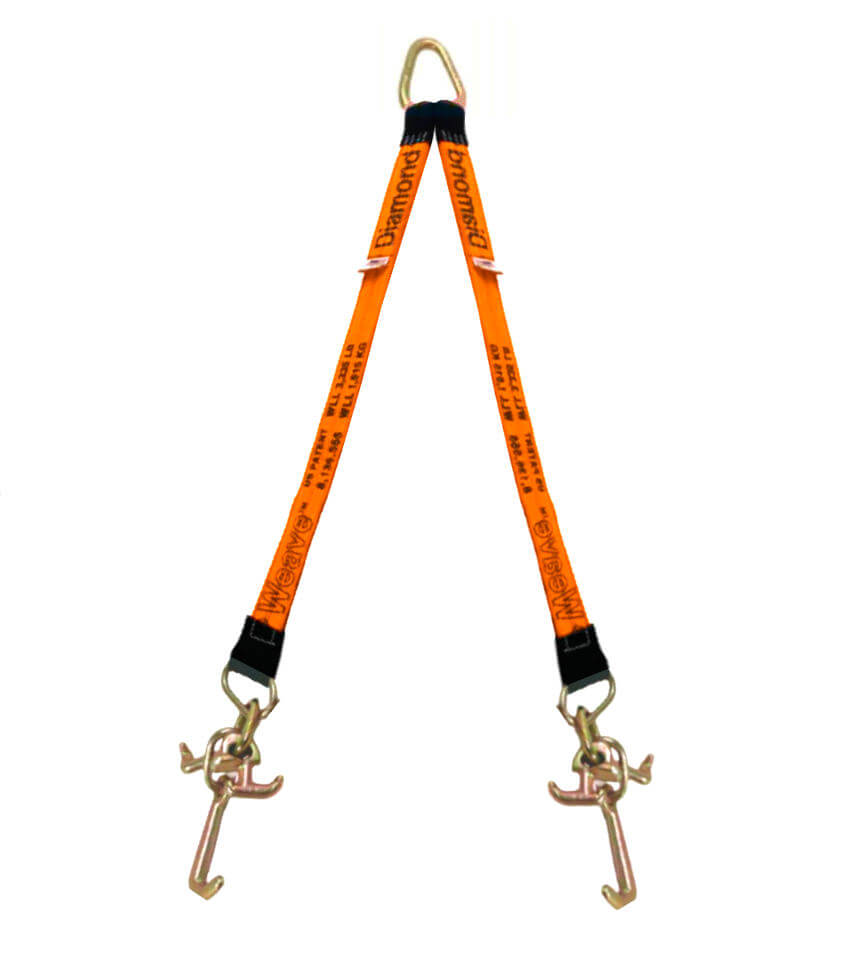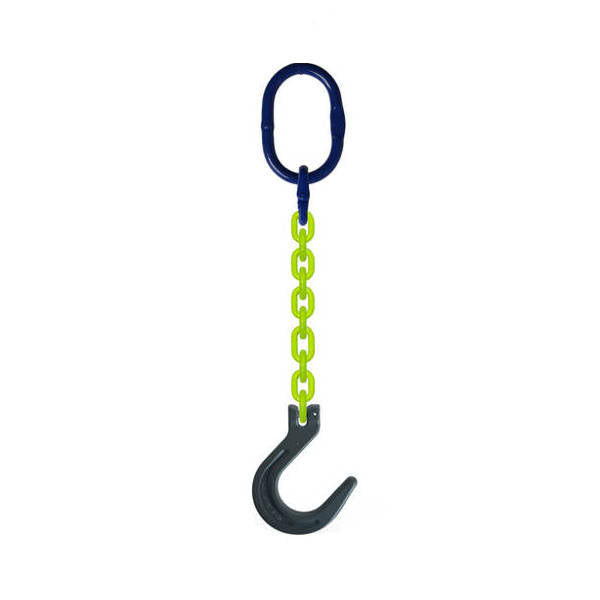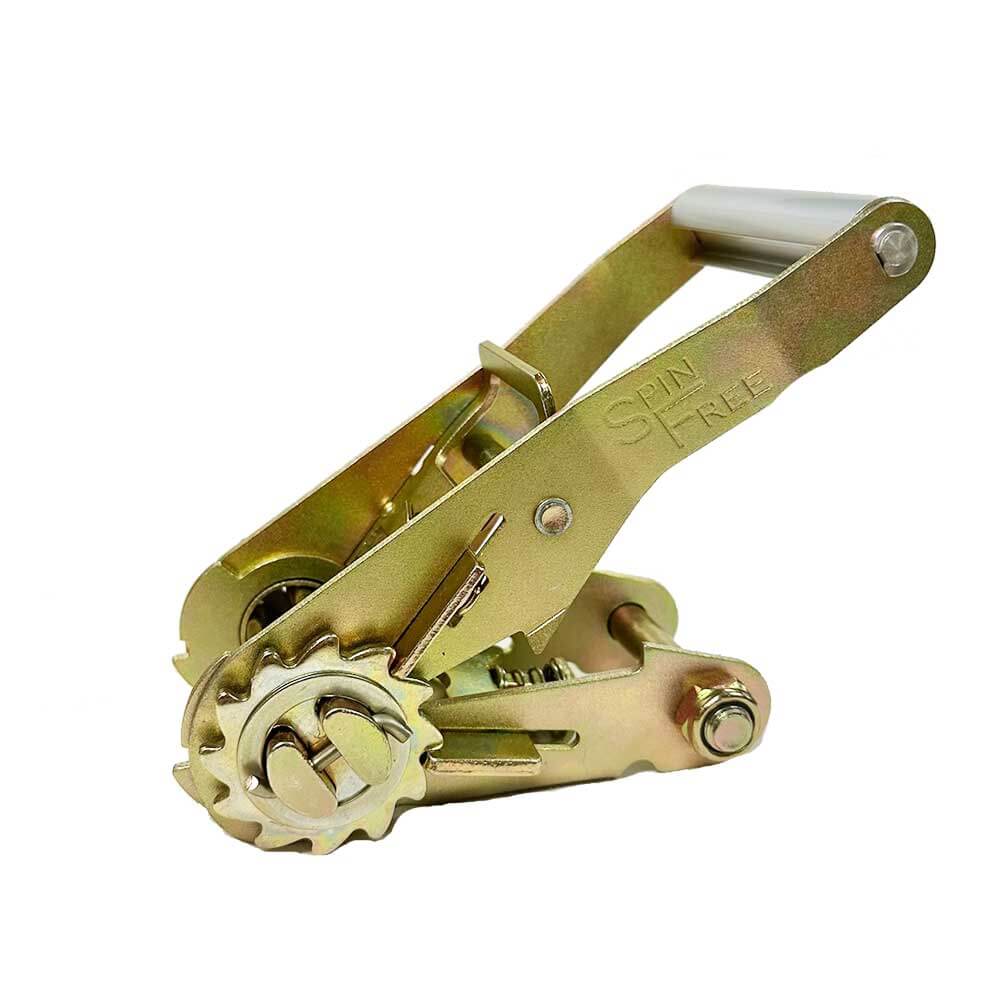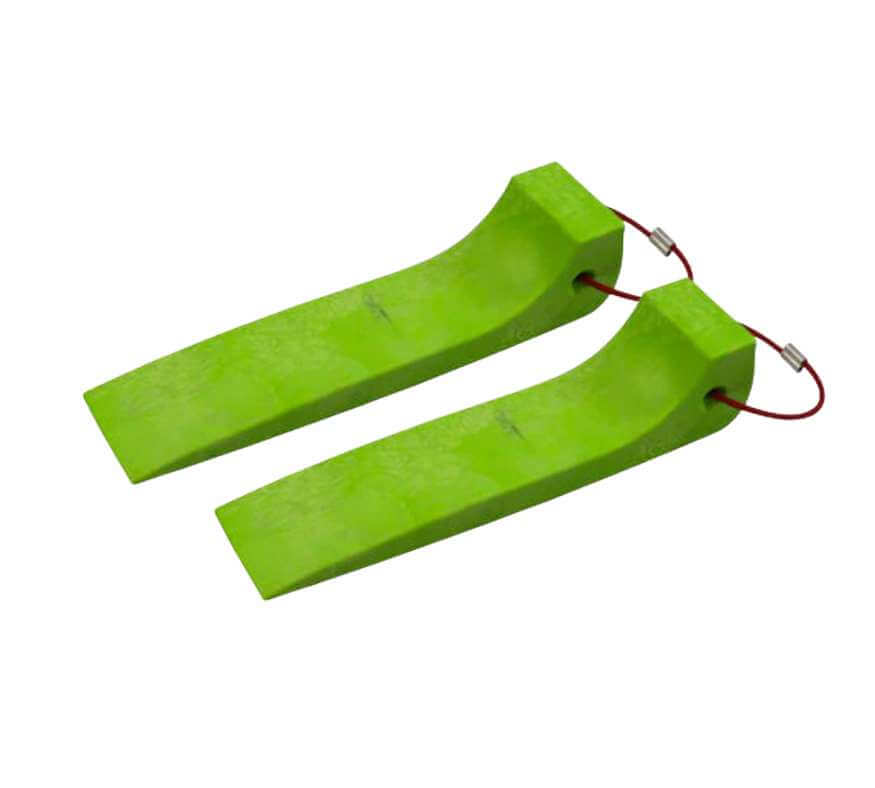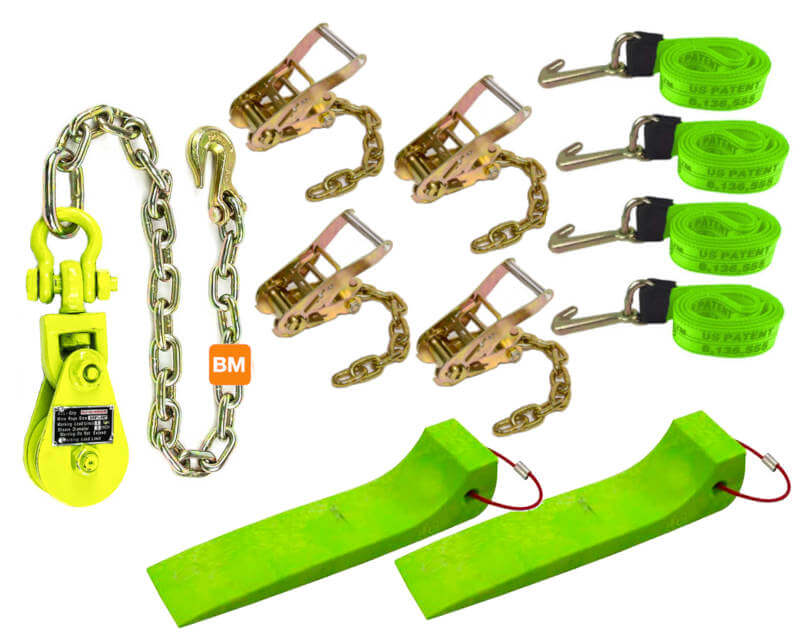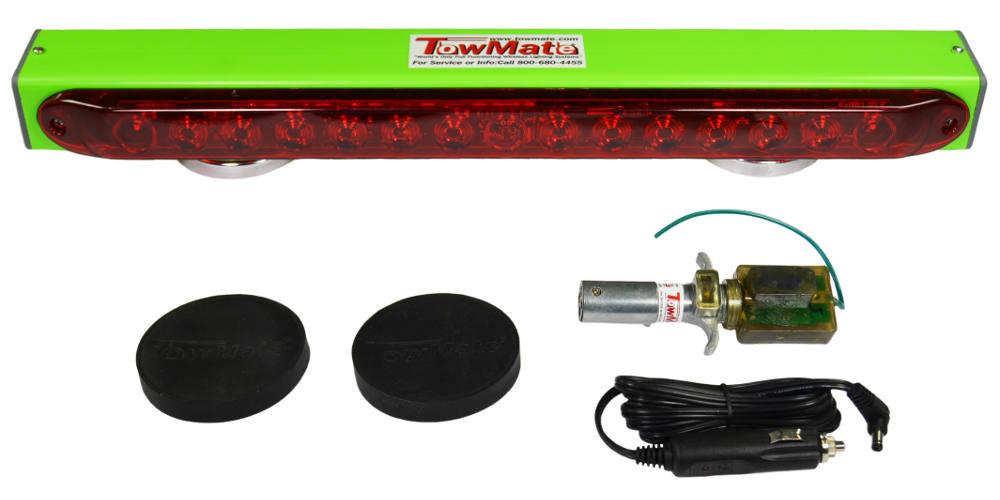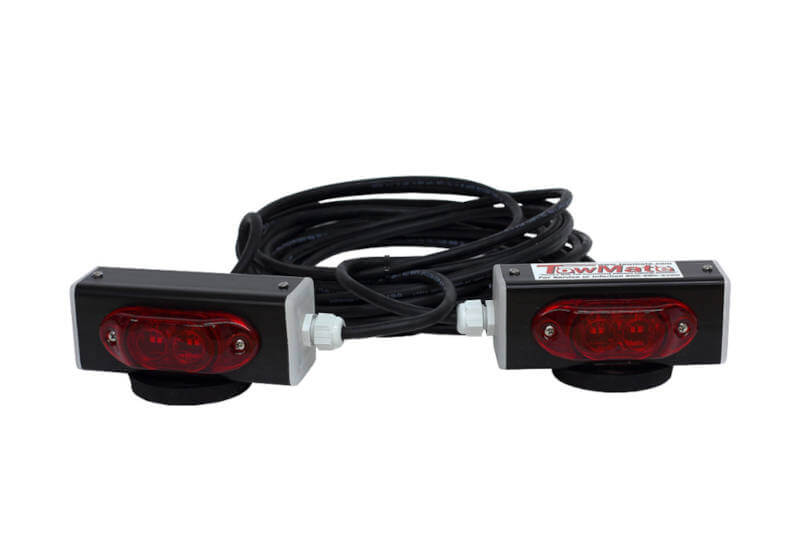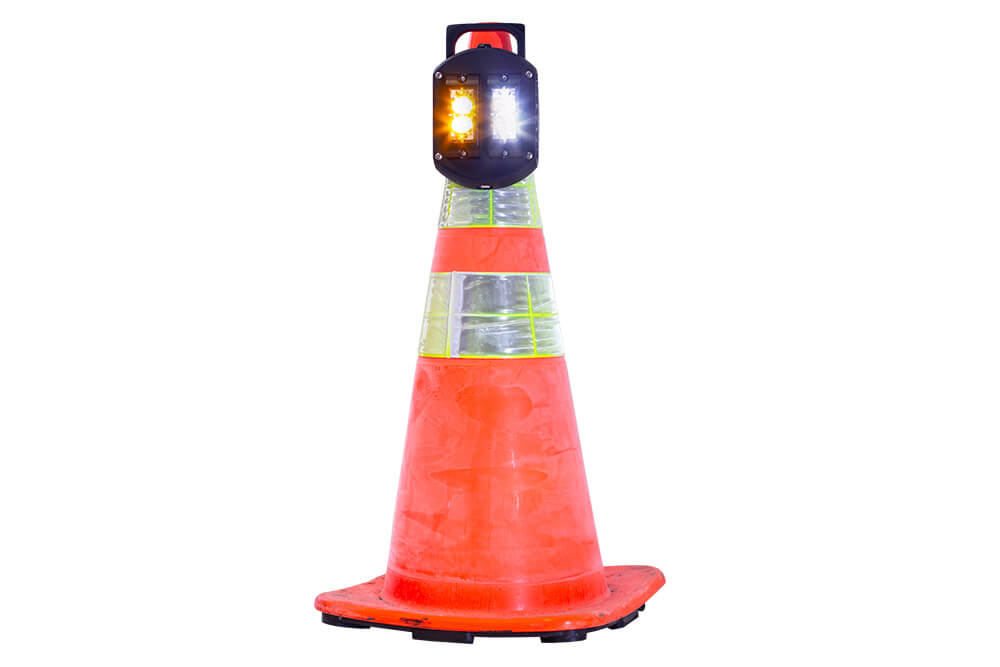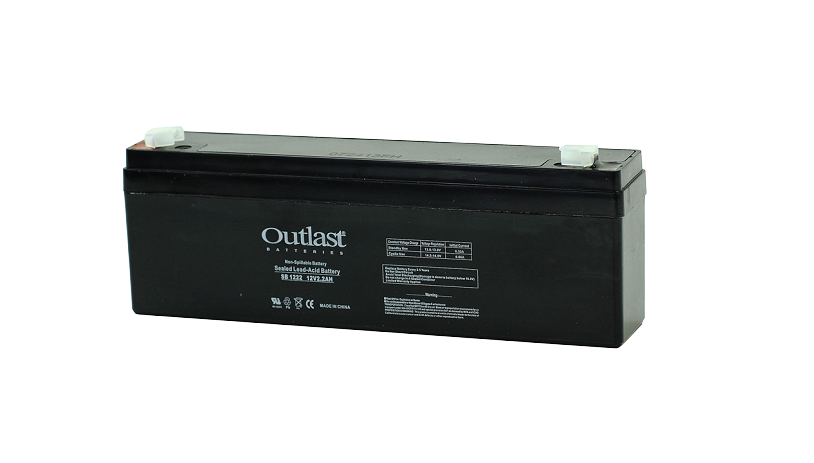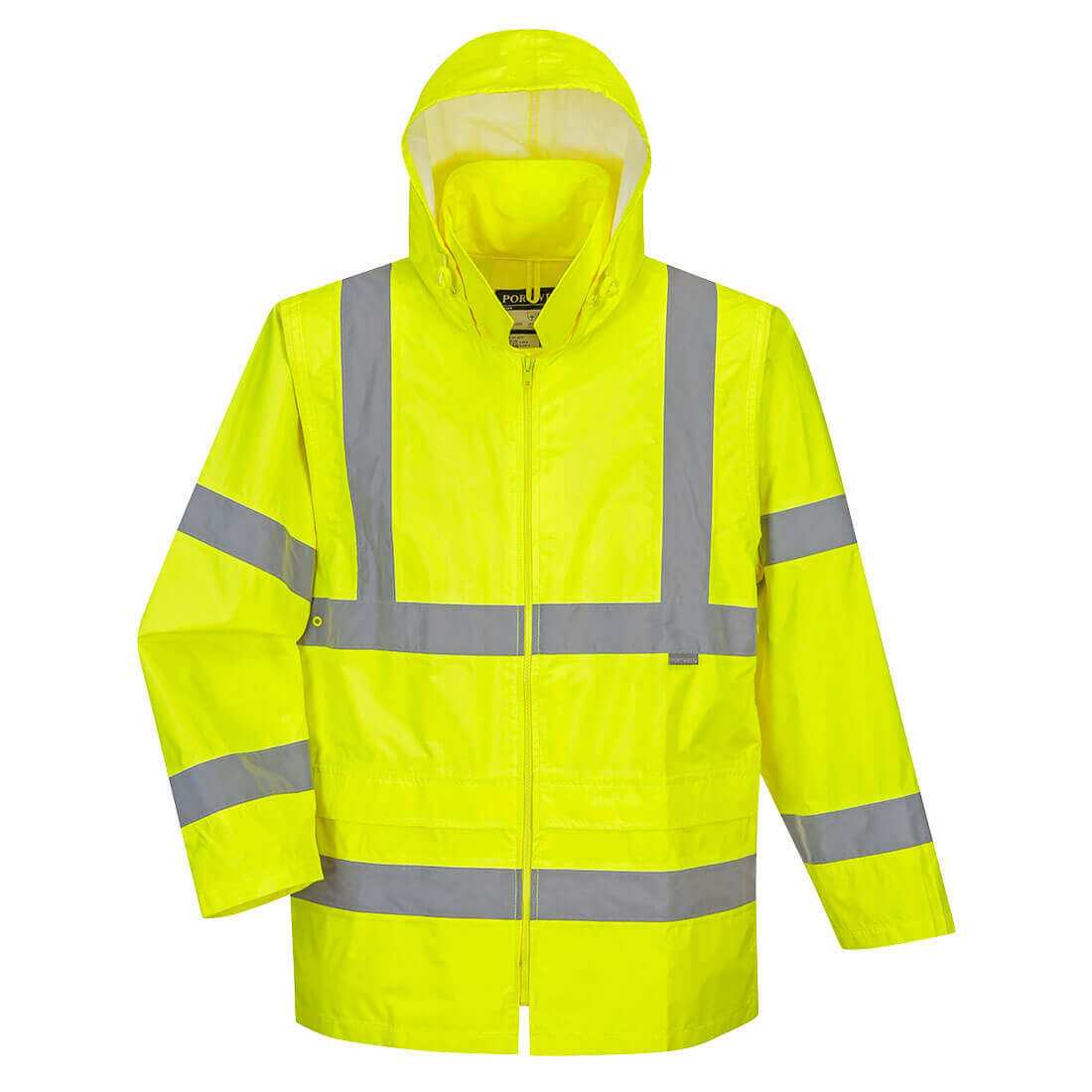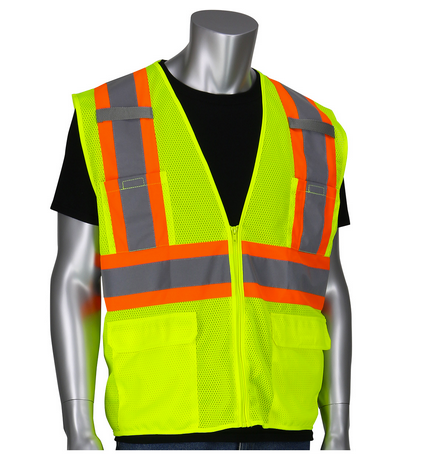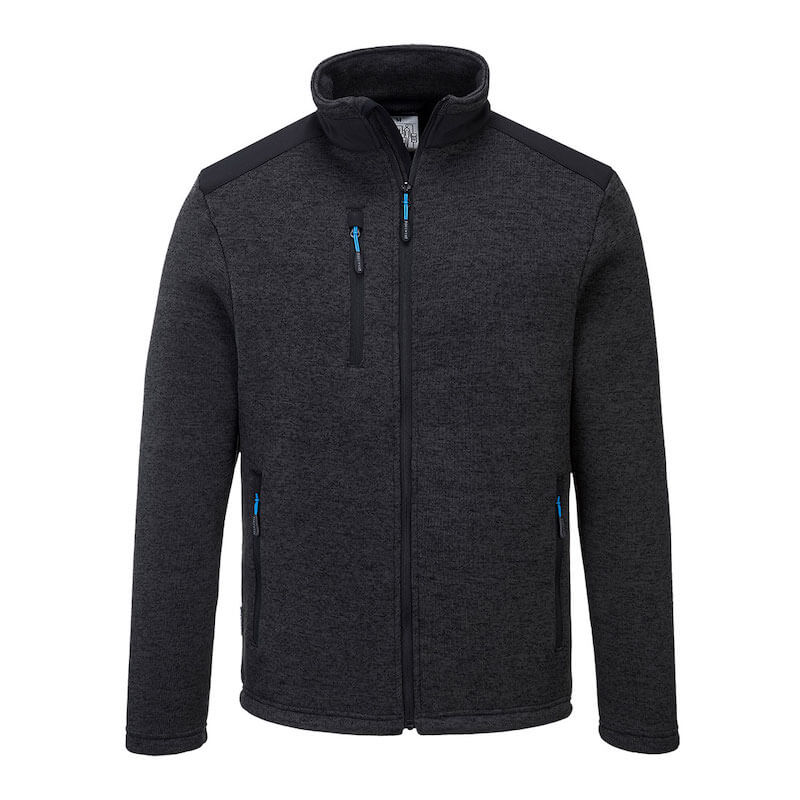Ultimate Guide to Recovery Ropes for off-Road Recovery
When you're out on an off-roading adventure, the unexpected can happen. Mud, sand, and uneven terrain can all lead to your vehicle getting stuck. That's where recovery ropes come in, providing the essential pulling power needed to get your 4x4, ATV, UTV, car, or truck back on the trail.
What is a Recovery Rope?
Recovery ropes, also known as kinetic recovery ropes, are designed to stretch under load, storing energy that helps in pulling a stuck vehicle free. Unlike traditional tow straps or chains, recovery ropes deliver a smoother, more efficient recovery process, reducing the risk of damage to both vehicles involved. They are made of high-strength nylon or polyester and come in a variety of lengths and strengths to suit different recovery needs.
Benefits of Using Recovery Ropes
1. Superior Stretchability
Recovery ropes are made from high-strength nylon fibers that can stretch up to 30% under load. This elasticity allows the rope to store kinetic energy, providing a powerful but controlled pull that can free even the most stubbornly stuck vehicles.
2. Shock Absorption
The stretching action of the recovery rope acts as a shock absorber, reducing the jarring impact typically associated with rigid recovery tools like chains. This minimizes stress on both vehicles, lowering the risk of damage.
3. Ease of Use
Recovery ropes are lightweight and easy to handle, making them a practical choice for off-road enthusiasts. They can be easily stored in your vehicle and quickly deployed when needed.
4. Versatility
These ropes are not just for 4x4 recoveries. They are also suitable for ATVs, UTVs, and even for marine use. Their versatility makes them an invaluable part of any adventurer's toolkit.
How to Choose the Right Recovery Rope
1. Load Rating
Always choose a recovery rope with a load rating higher than the combined weight of your vehicle and any potential payload. This ensures that the rope can handle the force required for a successful recovery.
2. Length
A longer rope provides more stretch and kinetic energy, making it more effective for recovery. Typical recovery ropes range from 20 to 30 feet in length.
3. Diameter
The diameter of the rope affects its strength and stretchability. Thicker ropes offer higher strength but less stretch, while thinner ropes provide more stretch but lower strength. Choose a diameter that matches the weight and recovery needs of your vehicle.
4. Quality and Durability
Look for ropes made from high-quality, abrasion-resistant materials. The Bubba Recovery Rope is the ultimate solution for off-road enthusiasts who demand reliability and performance. Designed to handle the toughest terrains and most challenging recovery situations
Proper Usage and Safety Tips
1. Inspect Before Use
Always inspect your recovery rope for any signs of wear or damage before use. Replace it if you notice any fraying, cuts, or other damage.
2. Secure Attachments
Ensure that both ends of the recovery rope are securely attached to appropriate recovery points on both vehicles. Avoid using tow balls or any non-rated attachment points, as these can fail under load.
3. Clear the Area
Before starting the recovery, make sure bystanders are at a safe distance. The stored kinetic energy in the rope can cause it to snap back if it breaks, posing a significant hazard.
4. Controlled Recovery
Gradually accelerate the recovery vehicle to allow the rope to stretch and store energy. Avoid sudden, jerking movements that can cause the rope to break or damage the vehicles.
Sum up
Investing in a high-quality recovery rope is a smart move for any off-roading enthusiast. Its superior stretchability, shock absorption, and ease of use make it an essential tool for safe and effective vehicle recovery. Whether you're tackling muddy trails or sandy dunes, a reliable recovery rope ensures you're prepared for any situation.
Ready to add a recovery rope to your off-roading gear? Explore our top-rated recovery ropes here and be prepared for your next adventure!
For Product information go to: Recovery Ropes





































































